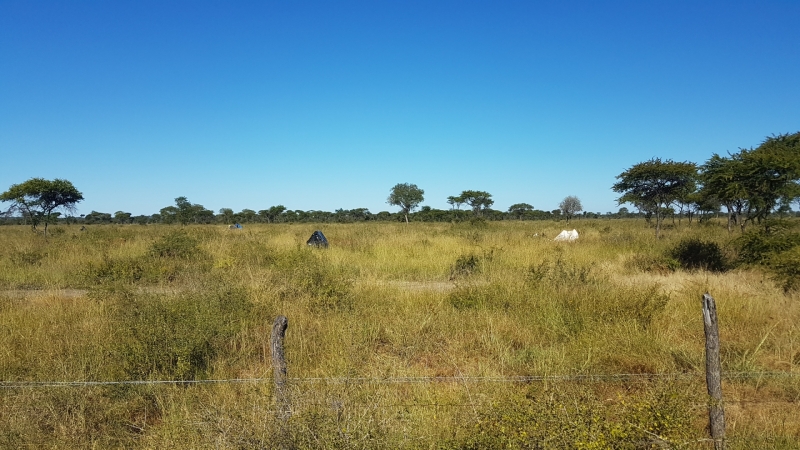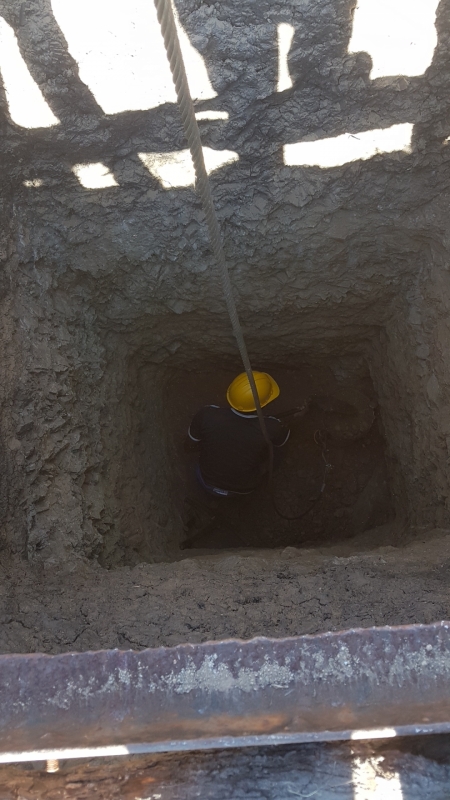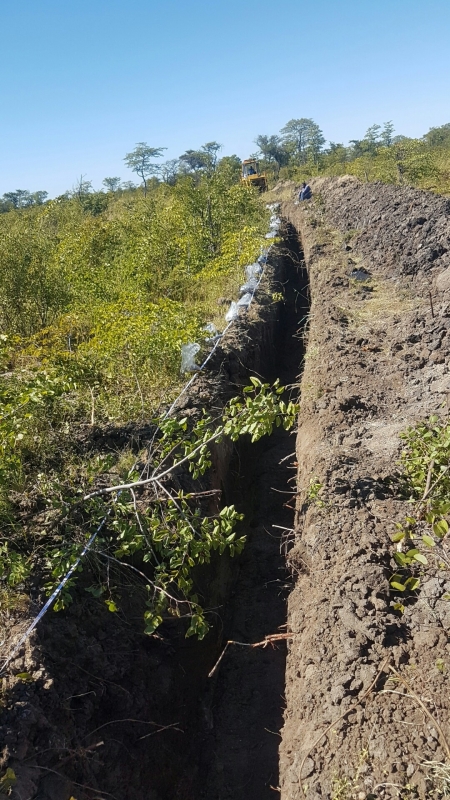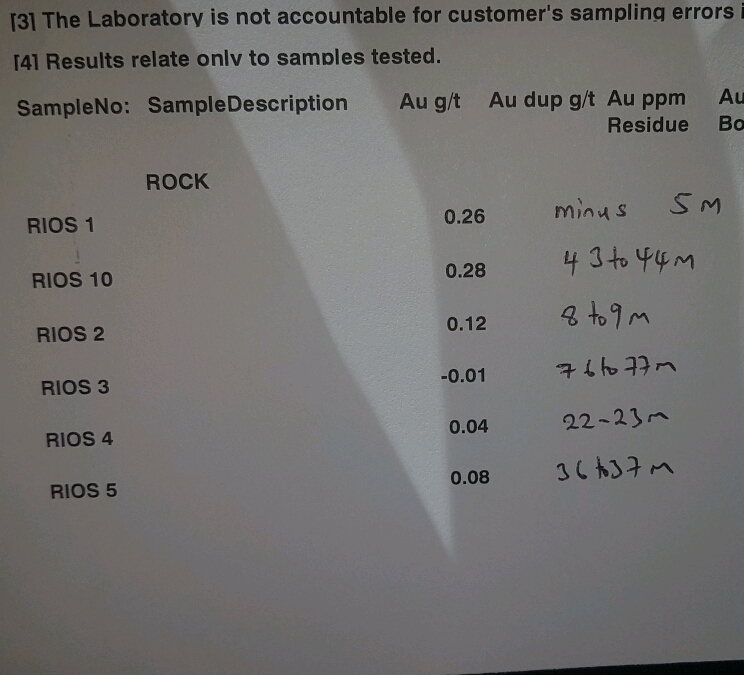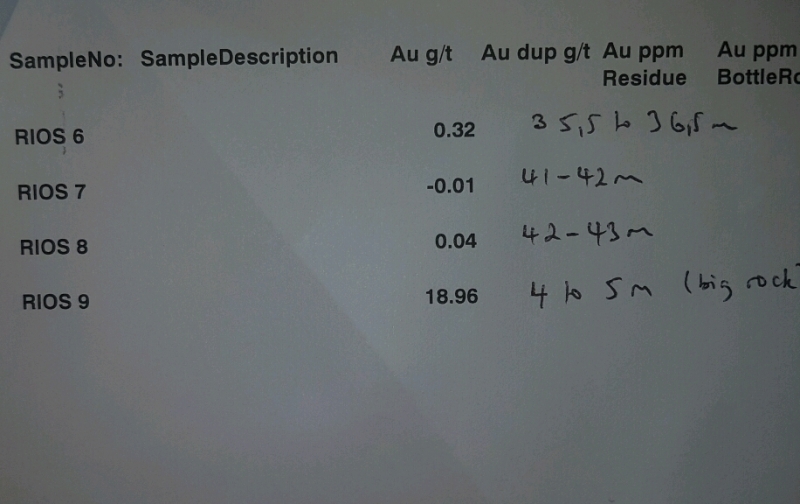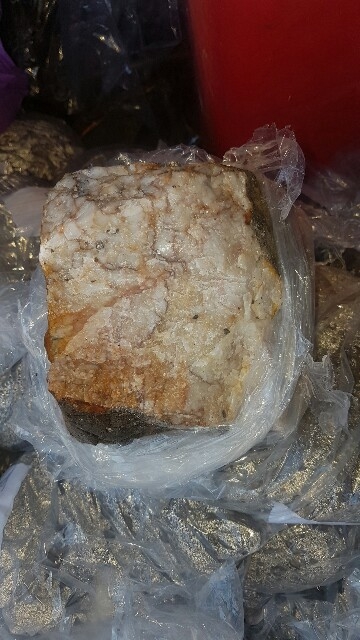
rios
Full Member-
Posts
30 -
Joined
-
Last visited
Recent Profile Visitors
The recent visitors block is disabled and is not being shown to other users.
rios's Achievements

Contributor (2/6)
50
Reputation
-
Starting A New Mine After Magnetic, Resistivity And I.p Survey.
rios replied to rios's topic in Detector Prospector Forum
Its timbered up now, the shaft. We did it just before the rains started, and they have started. Access to the mine when it rains is limited. But we are still working. Even though our shaft is now 53m deep vertically we are working on the tunnel at 35m. The grades have been around 25g per 7 ton load at a stamp mill. The mineralization is structurally controlled there is more gold the deeper one goes. Its just that at 35m there is no water, that is why for now we are working at that level. -
Starting A New Mine After Magnetic, Resistivity And I.p Survey.
rios replied to rios's topic in Detector Prospector Forum
At 35m we drove into the reef, sampled it and thought it was not rich enough and continued digging downwards. We had driven horizontally 3m. We then drove a further meter or so to build a sump basin as when we got into the reef water started flowing out. So the guys are digging vertically going down now. Reef at 35m was 3 meters from our shaft. The blast for our sump exposed the reef further and I decided to take it for fire assay. The results were 143.2 grams per ton which was quite surprising considering when we had initially gotten into it, we thought it was useless. We have since decided to continue with our downward push then we will drive into the reef again at 50m or so. Our confidence levels are now so high that we are literally shaking with excitement. we know the reef is there and we know chances are higher it will have good grades of gold. We had expected to intercept the vein at 40m but the vertical shaft has not done so. It looks like we are now parallel to it as it is probably now vertically steeping. The gold is in quartz veins, I would say in bands with sulphide and sometimes along the margins. There is a lot of pyrite in the quartz also. The quartz veins are hosted in very hard bluestone. We have breaking our drill steels and bits like every time. and we had an interesting visitor. we shepherded it away -
Starting A New Mine After Magnetic, Resistivity And I.p Survey.
rios replied to rios's topic in Detector Prospector Forum
What is a kohuna? To some people it is a matter of life and death getting down there. They would rather be down there than on the ground and watch their families starve. As you might have heard, my country is not exactly blessed with white collar jobs but it has vast unexploited resources. I have personally gone down that shaft countless times using that 13mm steel rope and I weigh 123kg. -
Starting A New Mine After Magnetic, Resistivity And I.p Survey.
rios replied to rios's topic in Detector Prospector Forum
I am attaching photos of the progress so far. We had intended to drive into the reef at 35m and then tunnel along it but the grades there were too low and we decided to continue sinking the shaft down. Water is coming out of the reef so we dug a sump at 35 m in the drive so we pump water from it while we sink downwards. The shaft is now 38m deep. Our target is 55 to 66m as that is the depth where the guys in the area have been getting high-grade ore. There is a lot of water but we are pumping it out well using a diaphragm pump. So currently we are 38m down-shaft and progressing slowly. -
Starting A New Mine After Magnetic, Resistivity And I.p Survey.
rios replied to rios's topic in Detector Prospector Forum
And got to visit a place nearby with old german shafts. The guys there are pumping out water with the hope of mining there -
Starting A New Mine After Magnetic, Resistivity And I.p Survey.
rios replied to rios's topic in Detector Prospector Forum
-
Starting A New Mine After Magnetic, Resistivity And I.p Survey.
rios replied to rios's topic in Detector Prospector Forum
Meanwhile on the other shaft the guys are now 10.5 meters deep. Progress is slow but I am hoping the pace will quicken this week as I now have 10 guys digging. The rock is changing from weathered granitoid to more competent granite and soon we should be in bluestone which is quite hard. -
Starting A New Mine After Magnetic, Resistivity And I.p Survey.
rios replied to rios's topic in Detector Prospector Forum
I am thinking of sinking 2 shafts now, maybe 30 to 35m deep then digging a tunnel to connect them. That way will I not intercept the reef? How feasible is that? The cost of digging the 2 shafts is very low here. -
Starting A New Mine After Magnetic, Resistivity And I.p Survey.
rios replied to rios's topic in Detector Prospector Forum
Haha in Africa we havent even started exploiting the ground resources. Its a pity our laws are bad and the political risk is too high. -
Starting A New Mine After Magnetic, Resistivity And I.p Survey.
rios replied to rios's topic in Detector Prospector Forum
Just to spread the risk I have decided to sink a shaft on the claim where people are already mining while I still decide on the way forward on my own land. The guys are now 4 meters deep and have now reached competed rock which we are now drilling using a jack hammer and explosives. We will give the owner of the property 25% of whatever we get. Its a sort of tribute arrangement. We are sinking a vertical shaft targeting the known proven reef 40m below. In a month's time we should get there. This project is just to diversify the risk. It is actually less risky because it is on the brownfield where people are already mining. Most of the miners abandon their shafts because of water at around 70m. We are hopping to go beyond these levels as we will be having the proper pumping systems that they are generally reluctant to invest in. We will collar the shaft soon enough Below are the pictures -
Starting A New Mine After Magnetic, Resistivity And I.p Survey.
rios replied to rios's topic in Detector Prospector Forum
Unfortunately there are no old maps for the area. What you are saying may be possible especially since the covering top layer (regolith) is 1.5m of mudstone. For all its worth we will open up the are where the rock came from and investigate further. -
Starting A New Mine After Magnetic, Resistivity And I.p Survey.
rios replied to rios's topic in Detector Prospector Forum
-
Starting A New Mine After Magnetic, Resistivity And I.p Survey.
rios replied to rios's topic in Detector Prospector Forum
Sample 9's origins are yet to be established. I suppose there is no harm in further opening up where the rock was and checking whats going on. How does such a rock just appear from nowhere? Bedrock is schist. We didnt dig much into it though we know from the other shafts (like the 4m one below) its a few meters deep before one encounters more competent rock in the form of bluestone and granite on the other side -
Starting A New Mine After Magnetic, Resistivity And I.p Survey.
rios replied to rios's topic in Detector Prospector Forum
We have since done a trenching job across the claim and the results were as attached. The trench was about 1.5m deep and hit bedrock. Our samples though were mainly soil samples taken every meter. The best result there was a big quartz rock which unfortunately did not seem like it was part of a continuous reef. It was if someone buried there, how and why i have no clue. It had a bit of visible gold. I am not sure the results are good enough -
Starting A New Mine After Magnetic, Resistivity And I.p Survey.
rios replied to rios's topic in Detector Prospector Forum
I picked rubble from the ground and took 100g sample for fire assay. The result was 26g/ton. That is quite encouraging.

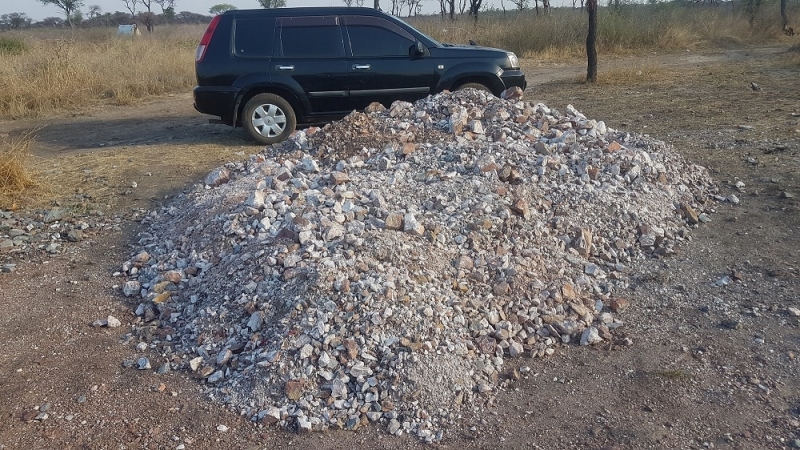
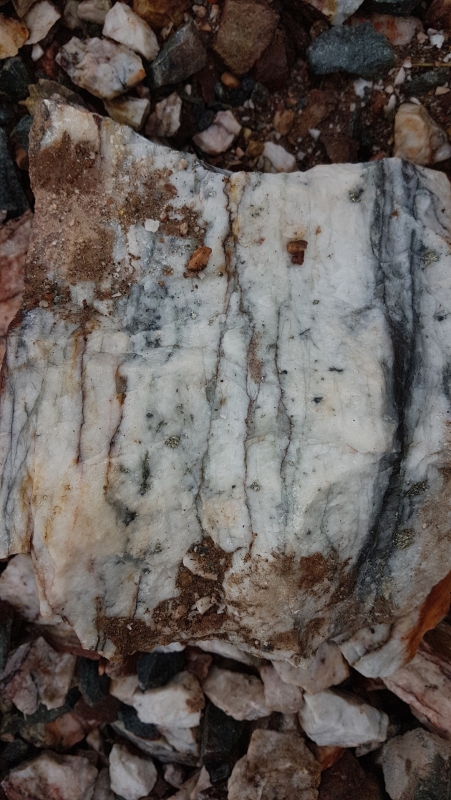
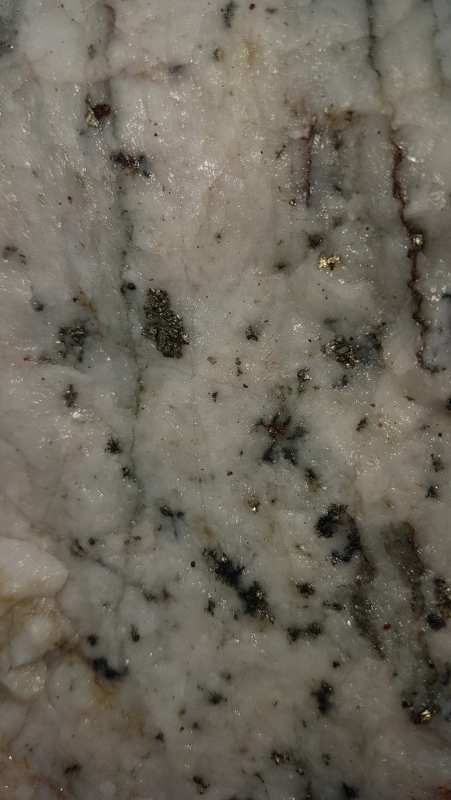
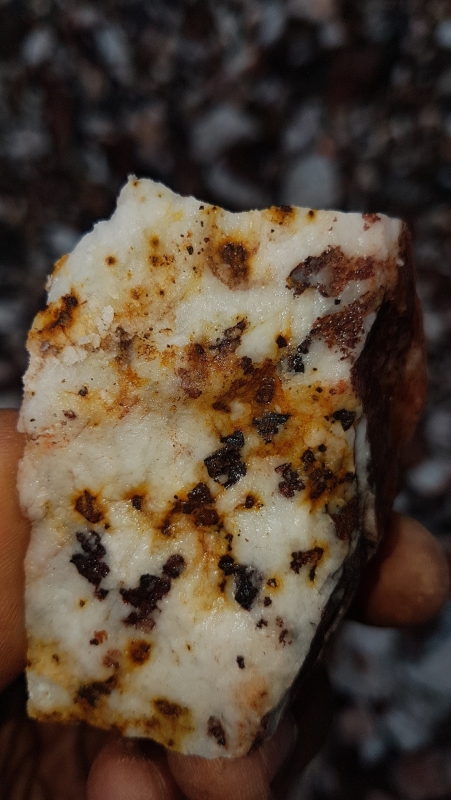
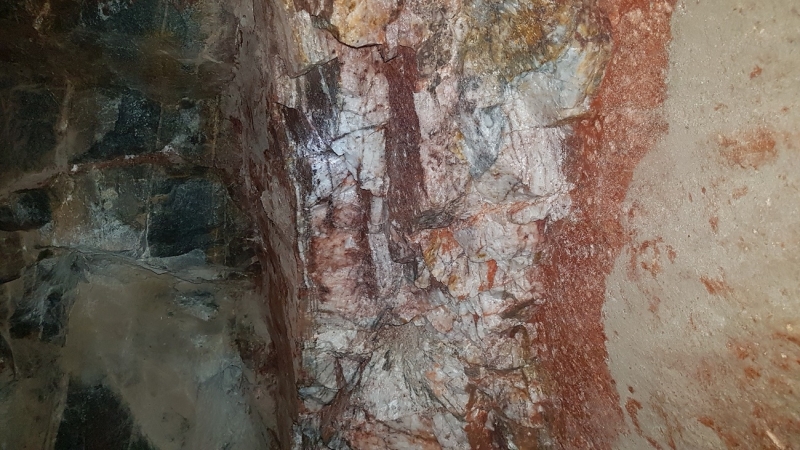

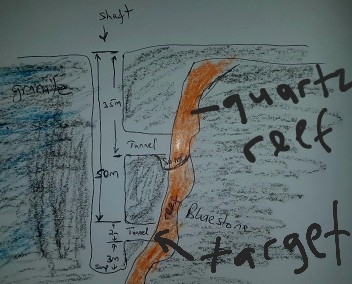
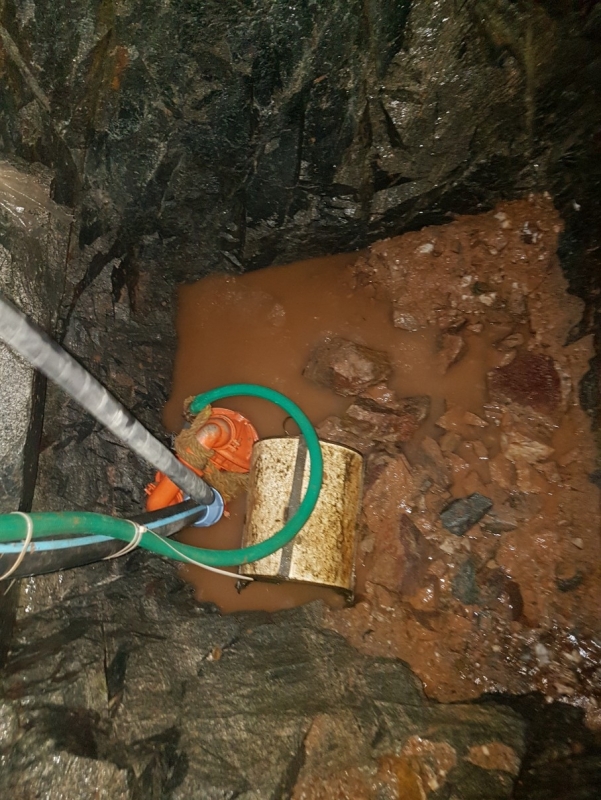
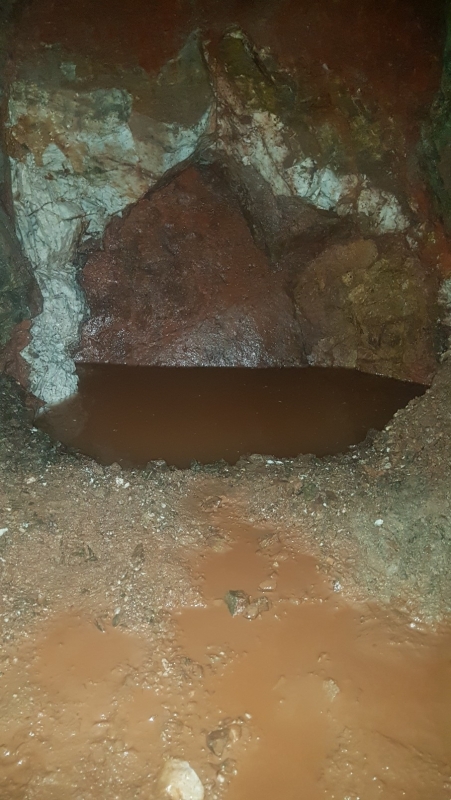
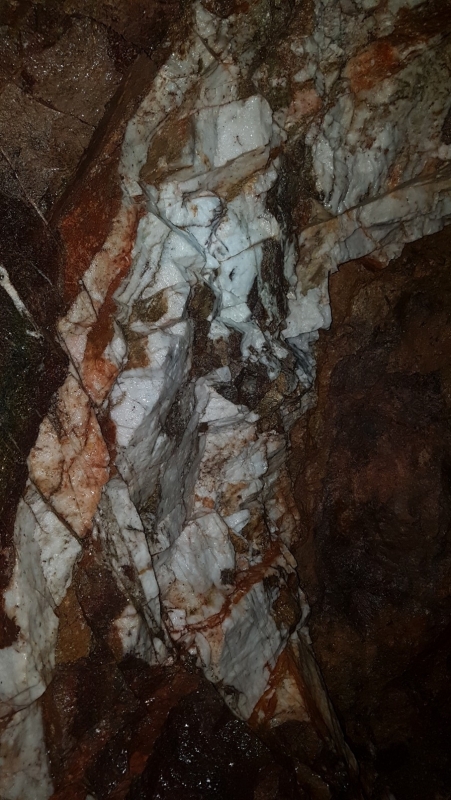
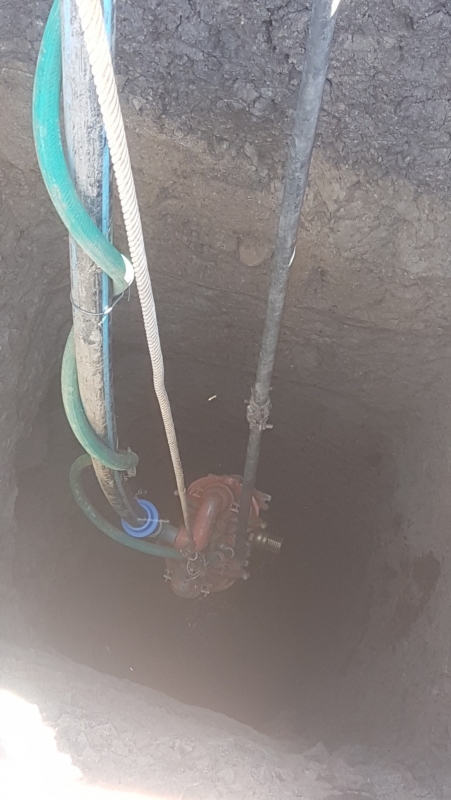
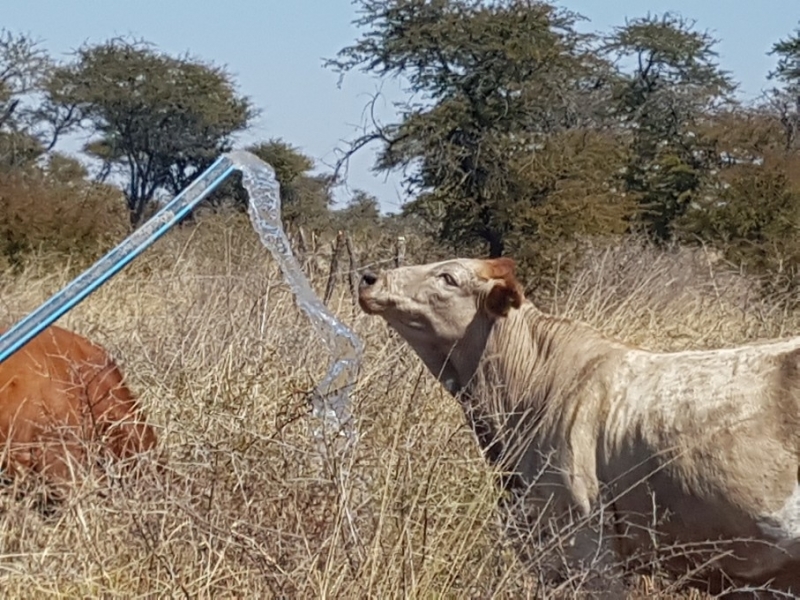
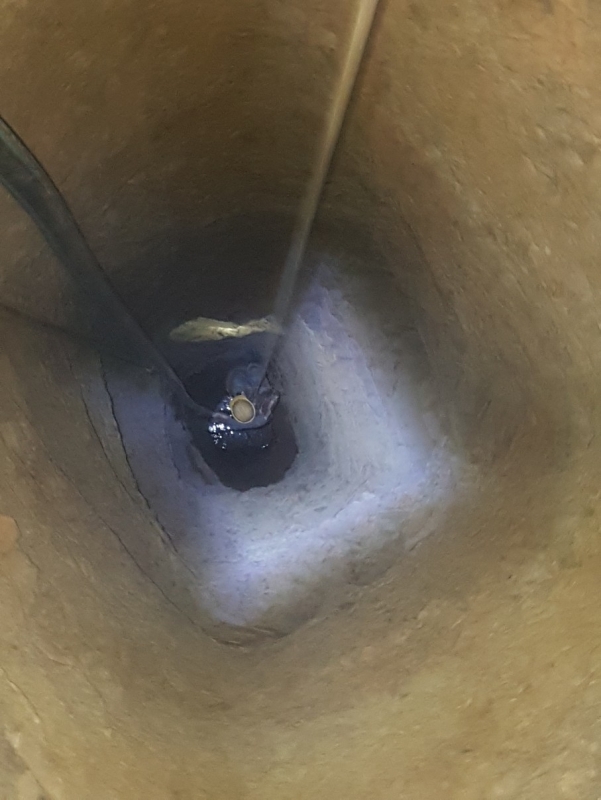
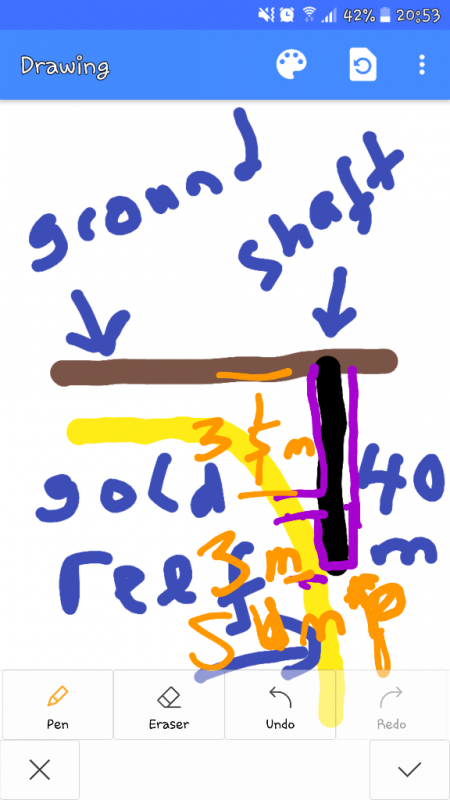
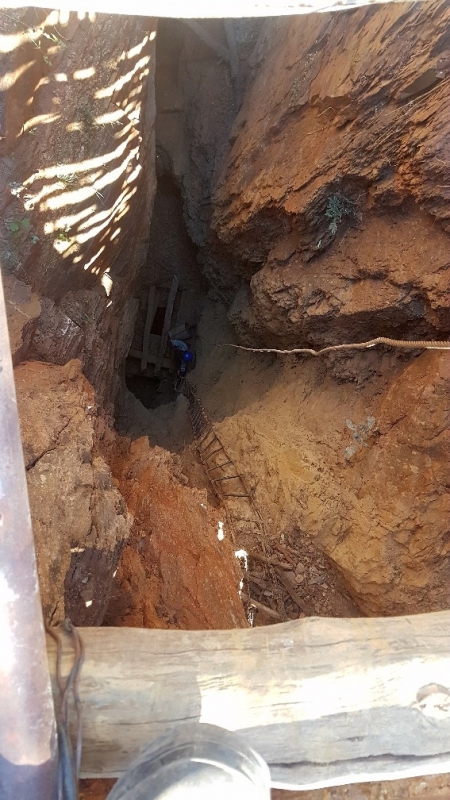
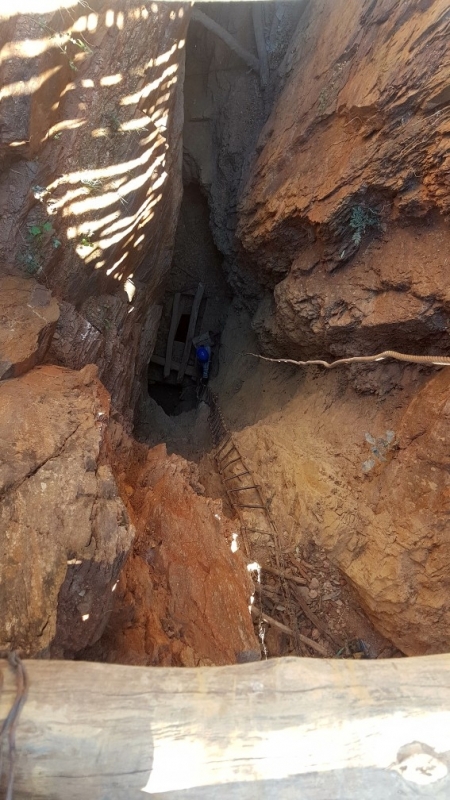

.png.606950403b8ee26ebdbac0da84502852.png)
.thumb.png.961f7056bcc72d2bf1088ffd98724d20.png)
